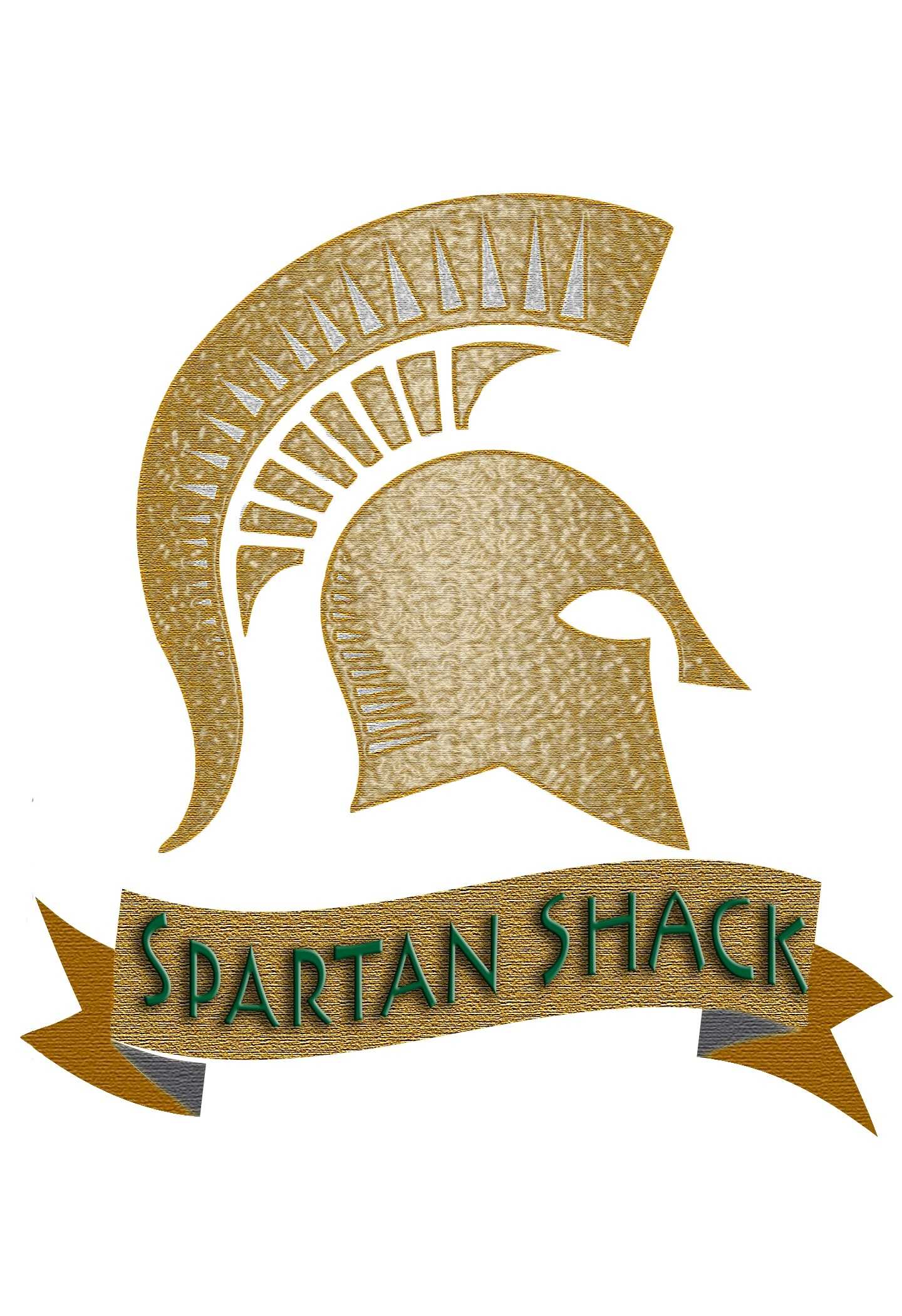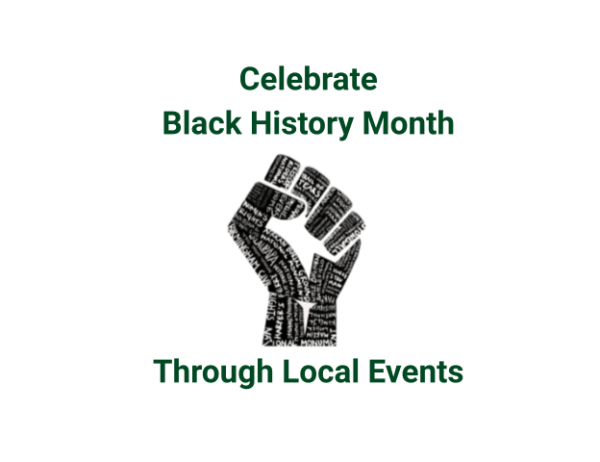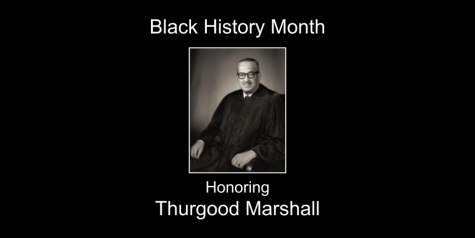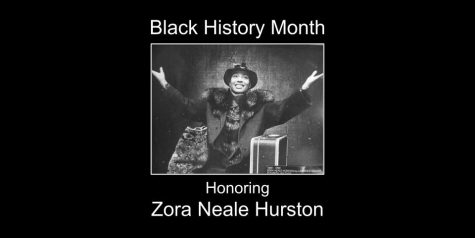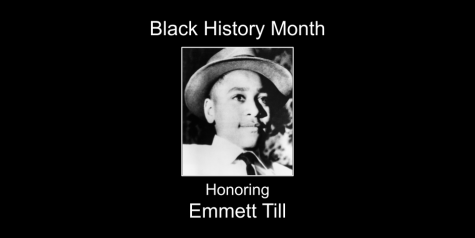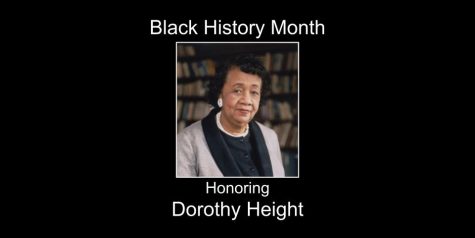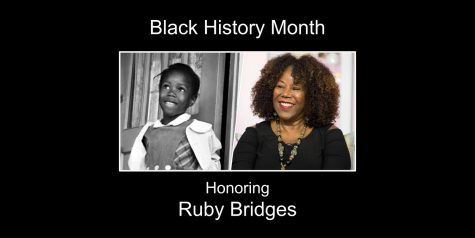Mae Jemison: A Historic Flight
March 3, 2023
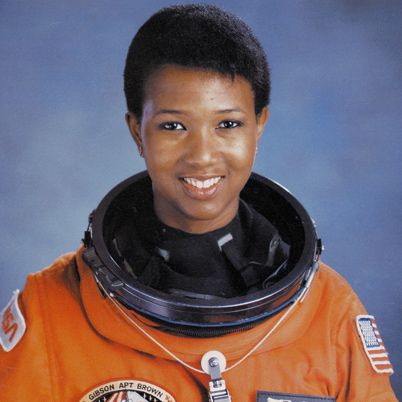
When the rocket Endeavour shot into space on September 12, 1992, it made more history than one might think, since it launched the first African-American woman into space, Mae Jemison. Not only is she the first African-American woman in space, but she is also the first African-American woman to be accepted into NASA’s Astronaut Training Program (Biography.com).
Mae Jemison was born in Decatur, Alabama on October 17, 1956, to her parents Charlie and Dorothy Jemison. At a young age, she and her family moved to Chicago, Illinois in search of better educational opportunities (Biography.com). Growing up Jemison showed signs of great talent in academics, with a strong interest in science and astronomy, introduced to her by her uncle (Britannica.com). In high school, Jemison developed an interest in biomedical engineering and graduated at 16 years old in 1973 (Biography.com).
After graduating from high school, Mae went on to study at Stanford University on a National Achievement Scholarship. While at Stanford Mae received two degrees, one in chemical engineering and the other in African American studies. Jemison also participated in extracurricular activities during her time at Stanford, including dance, theater productions, and the Black Student Union. To say that she was a well-rounded student is an understatement (Biography.com).
After her senior year, Jemison entered Cornell’s Medical School in New York, where she pursued her interest in medicine. After going to a Cambodian refugee camp as a volunteer, she went to study in Kenya in 1979. She later graduated from Cornell in 1981, and for a short time was a general practitioner and an intern in Los Angeles (Britannica.com). At this time, she was also a Peace Corps officer in the areas of Sierra Leone and Liberia, doing medical research and teaching (Biography.com).
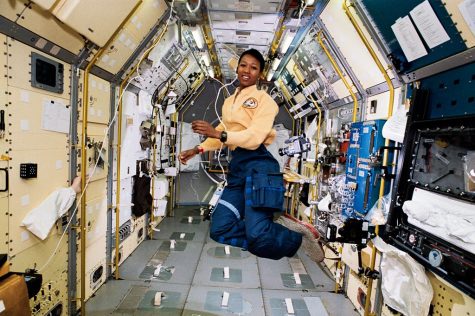
When Mae returned to the U.S. in 1985, Jemison decided to pursue a lifelong dream and change her career. She put in an application for the NASA astronaut training program and was selected to be 1 of 15 out of 2,000 candidates to be in the program. With more than a year of training, Jemison became the first African American woman to have the title of astronaut and science mission specialist (Biography.com). With her new title, she started to work on verifying shuttle software and processing space shuttles for launching (Britannica.com). This job also made her responsible for conducting experiments on the space shuttle with her crewmates (Biography.com). However, before she did anything in space, she was sent to support a very successful mission between the U.S. and Japan that overlooked material processing and life sciences (Britannica.com).
On September 12, 1992, Jemison entered the space shuttle Endeavour, along with six other crew members to begin the historic week-long flight. While in space Jemison’s goal was to conduct experiments on weightlessness and motion sickness on herself and her crewmates (Biography.com). During her more than 190 hours in space, Mae Jemison and her team made 127 orbits around Earth before returning to the Kennedy Space Center (Womenshistory.org).

After six years as an astronaut, Jemison decided to leave NASA and start the Jemison Group, a consulting company that markets science, technology, and social changes (Womenshistory.org). She has also been the recipient of honors that include the Essence Science and Technology Award and a Montgomery Fellowship from Dartmouth (Biography.com). This American heroine has also attained hall-of-fame spots in the National Women’s Hall of Fame and National Medical Association Hall of Fame (Womenshistory.org).
As of 2018, Mae Jemison was leading a project called the 100 Year Starship project through the United States Defense Advanced Research Projects Agency (DARPA). The mission of this project was to make certain that human technology gets to other stars within 100 years. She is also on the board of directors for several companies (Womenshistory.org). Mae Jemison’s historic flight to space has paved the way for space missions to come and has inspired other African American women to go to space and dream big.
Citation Information:
Article Title: Mae C. Jemison Biography
Author: Biography.com Editors
Website Name: The Biography.com website
Access Date: February 15, 2023
Publisher: A&E Television Networks
Last Updated: July 15, 2021
Original Publish Date: April 2, 2014
Article Title: Mae Jemison
American physician and astronaut
Author: The Editors of Encyclopedia Britannica
Website Name: Britannica.com
URL: https://www.britannica.com/biography/Mae-Jemison
Access Date: February 15, 2023
Publisher: Encyclopædia Britannica, Inc.
Last Updated: Jan 5, 2023
Original Publish Date: May 04, 1999
Article Title: Mae Jemison
Author: Kerri Lee Alexander
Website Name: womenhistory.org
URL:https://www.womenshistory.org/education-resources/biographies/mae-jemison
Access Date: February 17, 2023
Publisher: A&E Television Networks
Last Updated: July 15, 2021
Original Publish Date: April 2, 2014
Images:
file name: mae_c_jemison_photo_courtesy_nasa_wikimedia_commons.jpg
original source link: https://hips.hearstapps.com/hmg-prod/images/mae_c_jemison_photo_courtesy_nasa_wikimedia_commons.jpg?resize=980:*
file name: 22780669070_7c2ff1d9ec_b.jpg
original source link: “Mae Jemison in Space” by plumsaplomb is marked with Public Domain Mark 1.0.
file name: 46124451062_8ddb341325_b.jpg
original source link: “Dr. Mae Jemison, Principal for the 100 Year Starship Project and Former NASA Astronaut – Global Climate Action High-Level Event” by UNclimatechange is licensed under CC BY-NC-SA 2.0.




